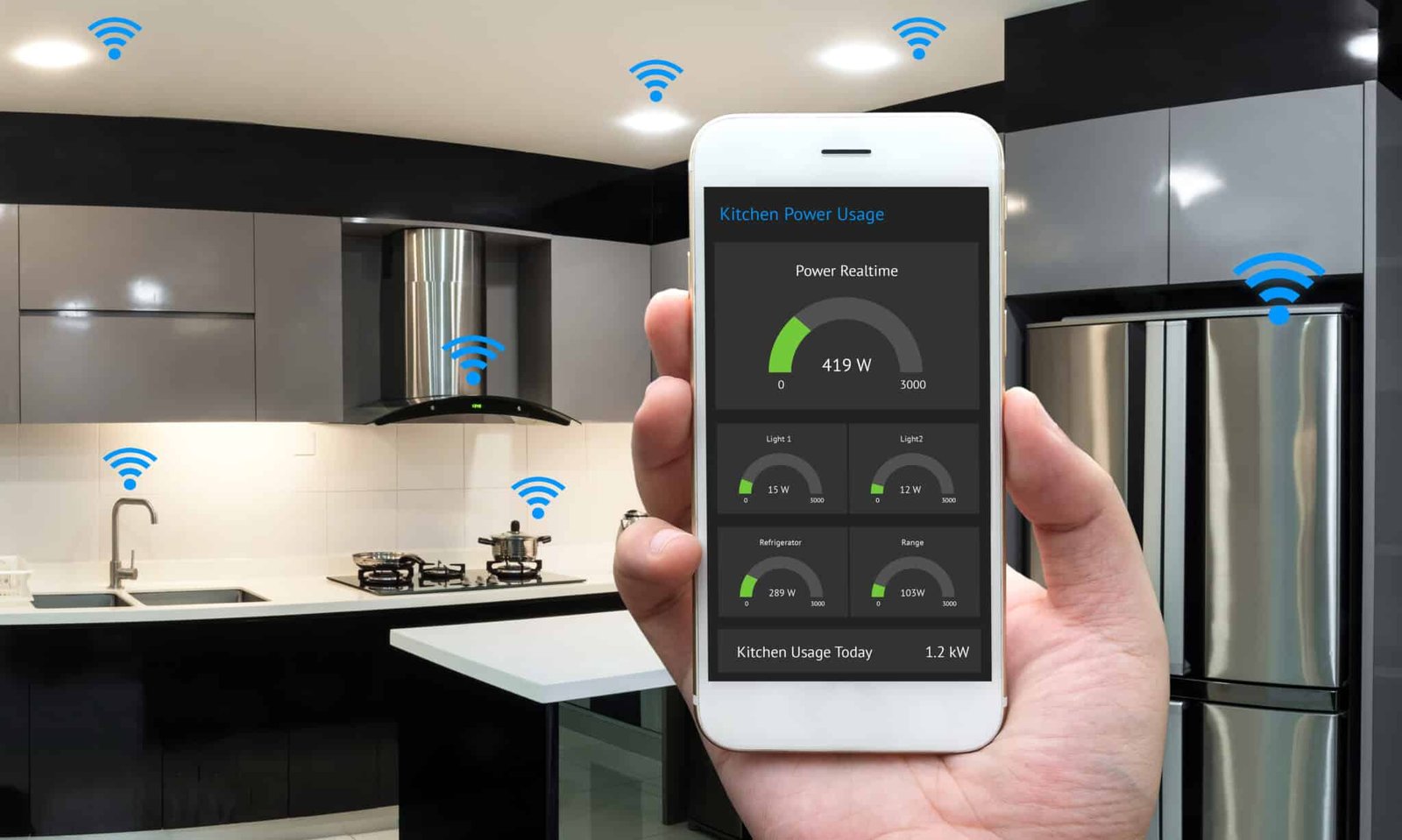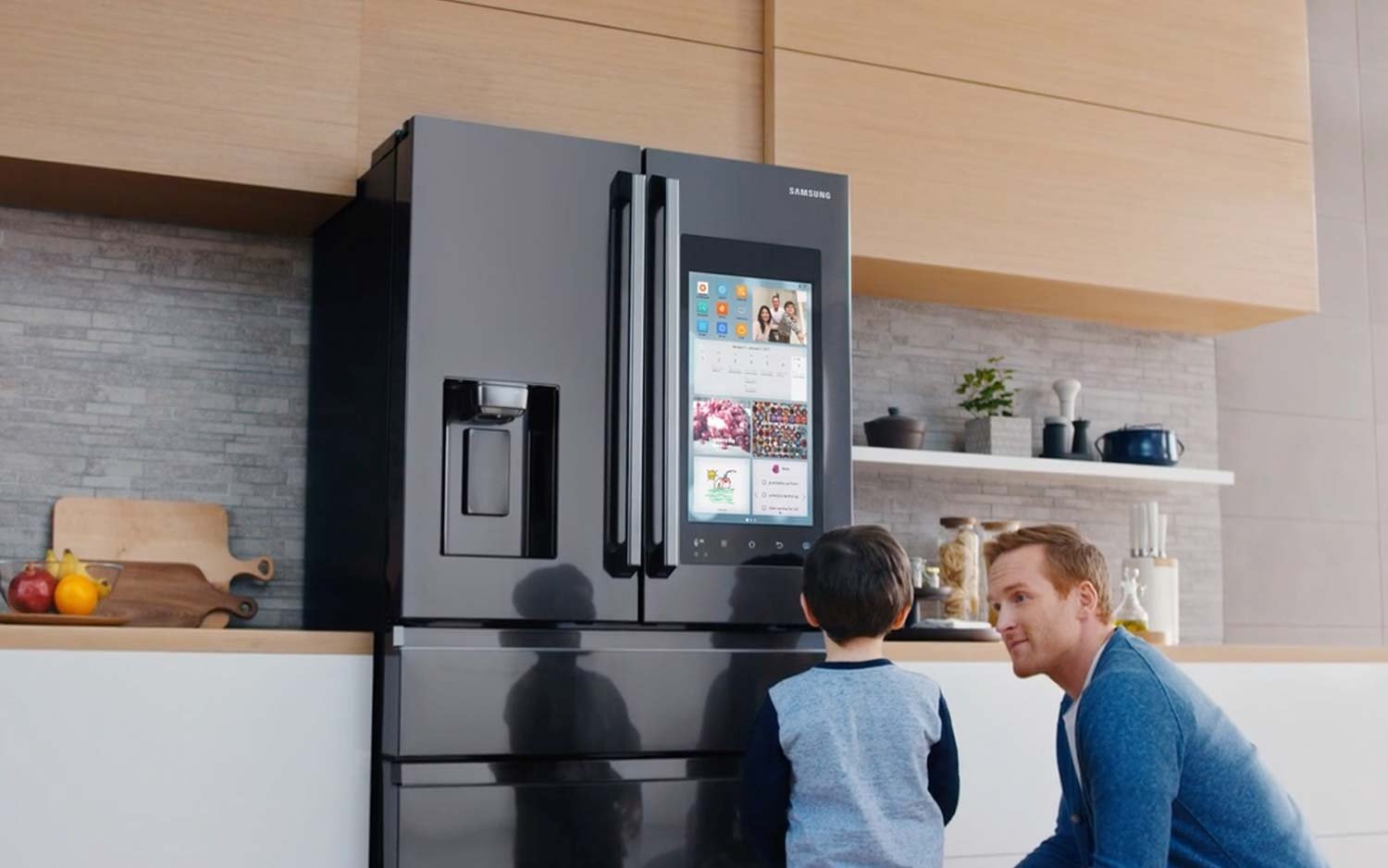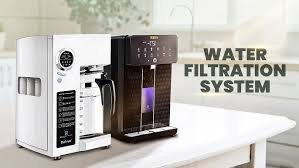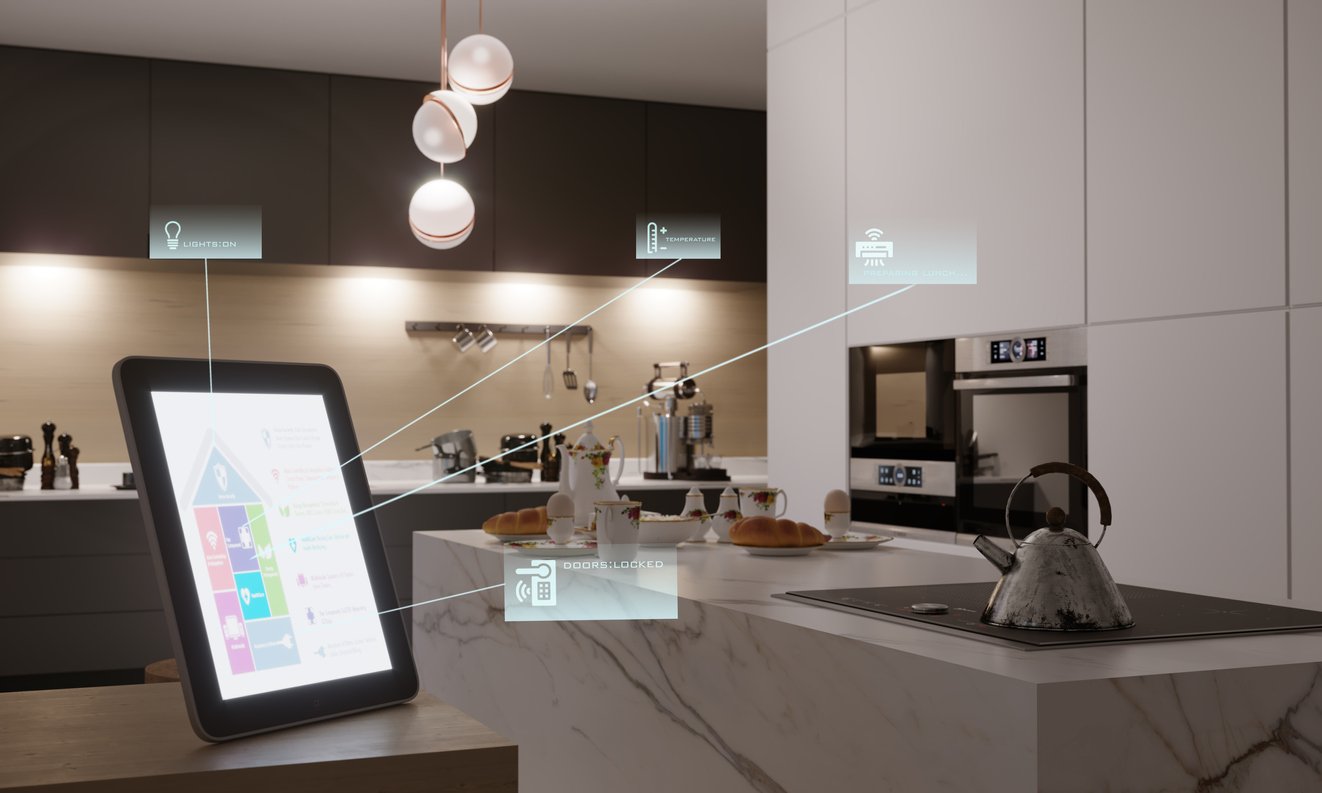How to Use Smart Scales for Baking (2025)
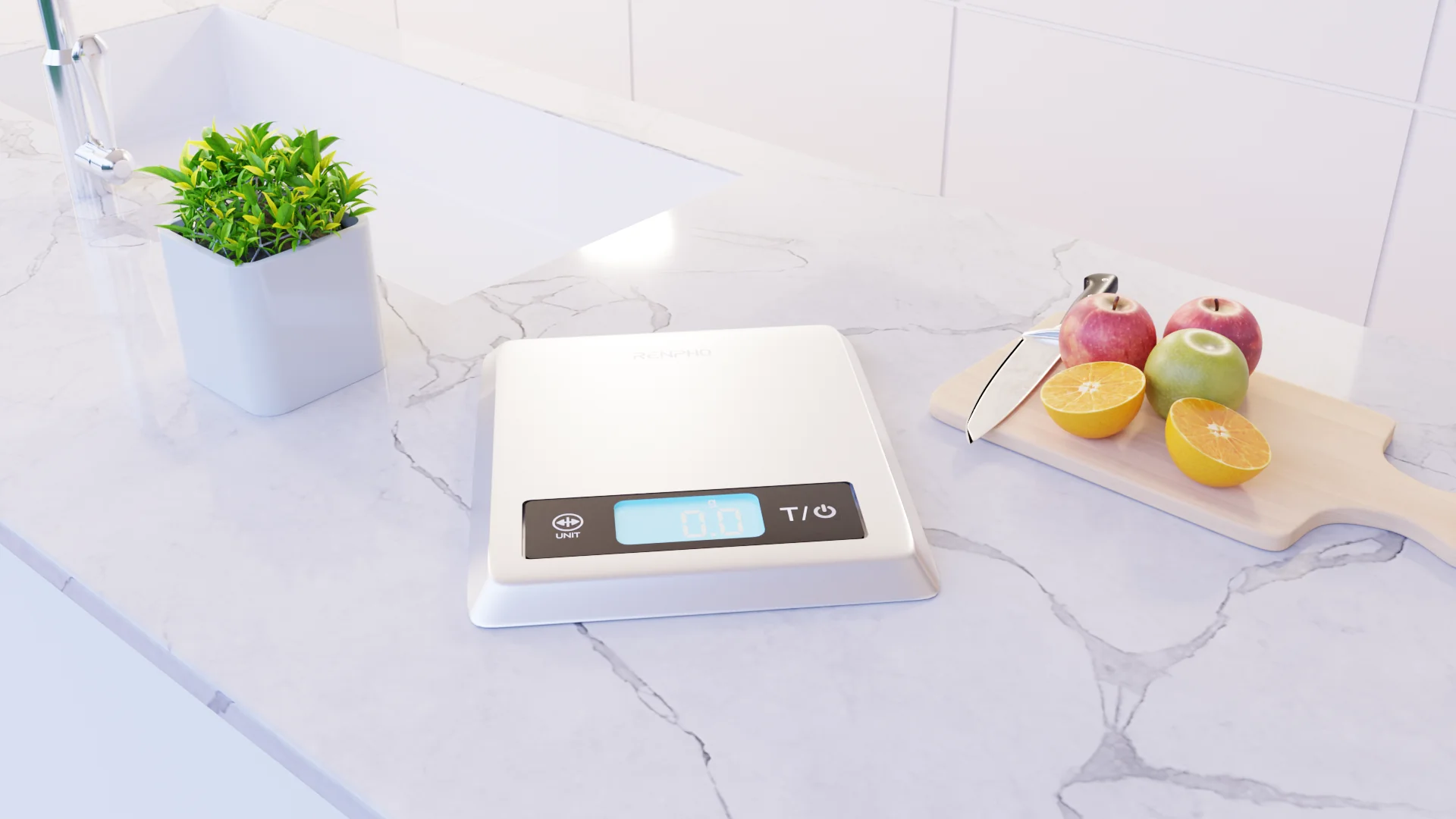
Baking is a precise science, where even slight deviations in ingredient measurements can lead to different outcomes. Whether you’re a seasoned baker or a novice in the kitchen, achieving consistent results can be challenging without accurate measurements.
This is where smart scales come into play. They offer precision, convenience, and a wealth of additional features that can enhance your baking experience. In this comprehensive guide, we’ll explore how to effectively use smart scales for baking, from setting them up to leveraging advanced features for perfecting your recipes.
How to Use Smart Scales for Baking
Baking requires exact measurements and precise timing. Unlike cooking, where a pinch of this or a dash of that can often be adjusted to taste, baking relies on the chemistry of specific ingredient ratios.
A smart scale can be an invaluable tool in this regard. Unlike traditional scales, smart scales are equipped with digital displays, connectivity to apps, and various features that provide more than just weight readings.
They help ensure consistency in your bakes, offer nutritional information, and even assist with recipe management. This guide aims to cover everything you need to know about using a smart scale for baking, making it easier and more enjoyable.
1. Understanding Smart Scales
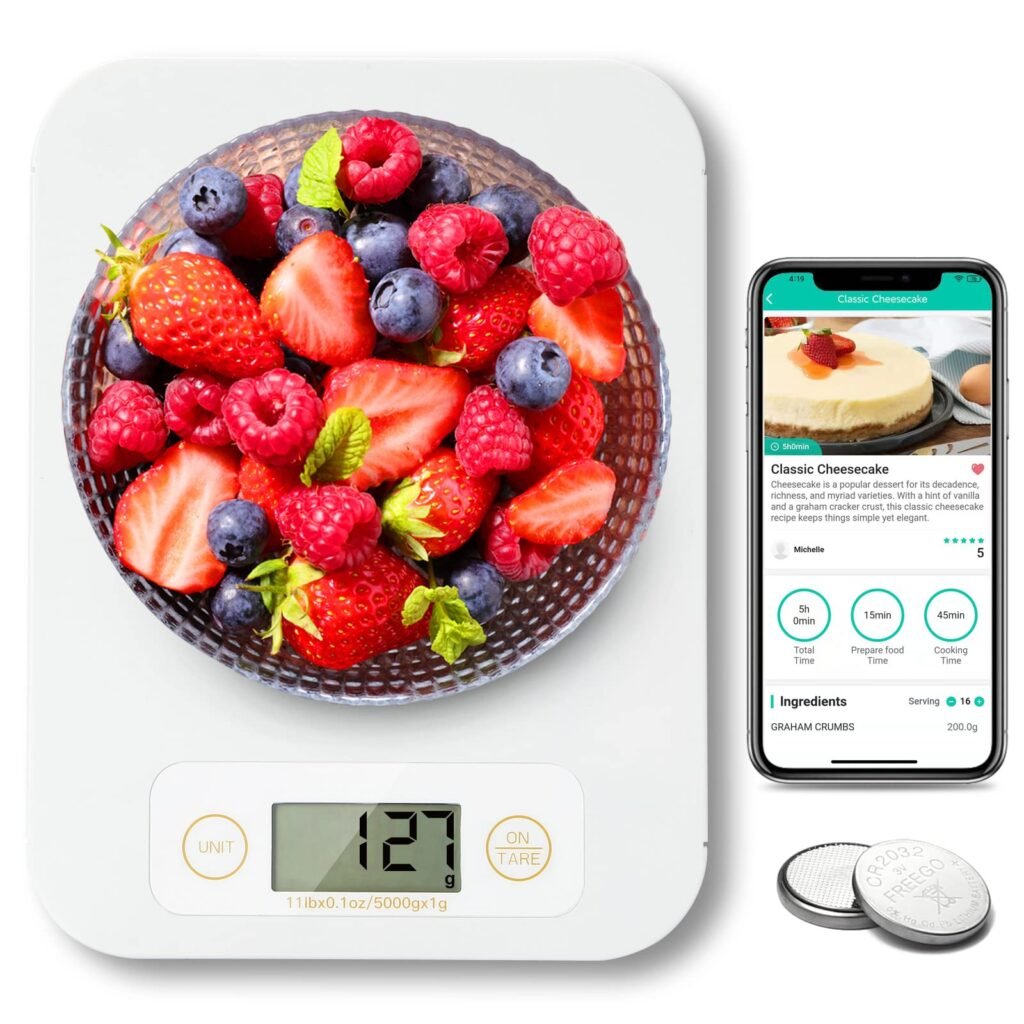
Key Features of Smart Scales
Smart scales go beyond simply weighing ingredients. They come with several advanced features that make them versatile tools in the kitchen:
- Digital Accuracy and Precision: Smart scales provide highly accurate readings, often down to the gram or fraction of an ounce. This level of precision is crucial for baking, where slight differences can affect the texture and taste of your baked goods.
- App Integration and Bluetooth Connectivity: Many smart scales can connect to smartphones or tablets via Bluetooth. This connectivity allows them to sync with companion apps that offer various functionalities, from tracking ingredients to managing recipes.
- Nutritional Information and Tracking: Some smart scales have the capability to provide nutritional information for the ingredients you weigh. This feature is particularly useful for those tracking their intake of calories, macronutrients, or specific dietary needs.
Benefits of Using Smart Scales in Baking
- Consistent Measurements for Reliable Results: The precision offered by smart scales ensures that you use the exact amount of each ingredient, leading to more consistent and reliable baking outcomes.
- Easy-to-Follow Recipes with Accurate Ingredient Weights: Many smart scales come with access to a library of recipes that automatically adjust ingredient weights based on the number of servings you want to make.
- Real-Time Feedback and Adjustments: Smart scales can provide immediate feedback if an ingredient’s weight is incorrect, allowing you to make adjustments on the fly and avoid mistakes.
2. Setting Up Your Smart Scale
Let’s Explore some tips on Setting Up Your Smart Scale
Initial Setup and Calibration
Before using your smart scale, you’ll need to set it up and ensure it’s calibrated correctly:
- Installing Batteries or Charging the Scale: Depending on the model, your smart scale may be battery-operated or rechargeable. Install batteries or charge the scale as required. Ensure the power source is reliable to avoid interruptions during use.
- Calibrating the Scale for Accurate Measurements: Calibration is crucial for maintaining the accuracy of your smart scale. Most scales come with a calibration function that you can access via the app or the scale’s interface. Follow the manufacturer’s instructions to calibrate your scale, often using a known weight.
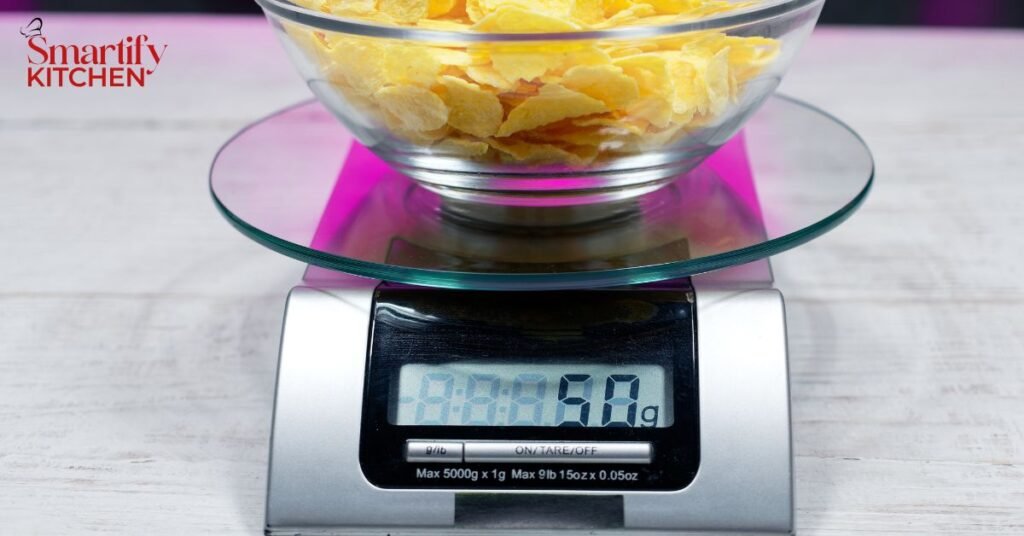
Connecting to a Smartphone or Tablet
To fully utilize the features of your smart scale, you’ll need to connect it to a compatible device:
- Downloading the Companion App: Start by downloading the companion app associated with your smart scale. This app is usually available on both iOS and Android platforms.
- Pairing the Scale with Your Device via Bluetooth: Once the app is installed, open it and follow the prompts to pair your smart scale with your device via Bluetooth. Ensure that both your scale and device are within close proximity and that Bluetooth is enabled.
- Setting Up a User Profile for Personalized Tracking: Some apps allow you to create a user profile where you can enter details like dietary preferences, weight goals, or allergies. This profile can help customize your baking and tracking experience.
3. Using Smart Scales for Ingredient Measurement
Let’s discuss the details of using smart scales for ingredient measurement.
Weighing Dry Ingredients
Dry ingredients are a fundamental part of baking, and accurate measurement is essential:
- Importance of Weighing Flour, Sugar, and Other Dry Ingredients: Ingredients like flour can vary in volume based on how they’re packed, making weight a more reliable measure. For example, a cup of flour can weigh differently depending on whether it’s scooped or spooned into the cup.
- Tips for Accurate Measurements (e.g., Tare Function, Zeroing): Use the tare function to zero out the weight of your container before adding ingredients. This function allows you to measure only the ingredients without including the weight of the container.
Weighing Liquid Ingredients
Liquids also play a critical role in baking, affecting the texture and moisture of baked goods:
- Measuring Liquids Like Water, Milk, and Oil with Precision: Smart scales can measure liquids in various units, such as milliliters or fluid ounces. Pour the liquid slowly and steadily to avoid splashes and ensure accuracy.
- Using Different Units of Measurement (Grams, Milliliters): Most smart scales allow you to switch between different units of measurement. Use grams for small amounts and milliliters or fluid ounces for larger volumes.
Weighing Small Ingredients
Some baking recipes call for small quantities of ingredients like baking powder, salt, or spices:
- Handling Small Quantities Like Baking Powder, Spices, and Yeast: Even minor inaccuracies can affect the outcome of your bake. Use the scale’s precision to measure these small amounts accurately.
- Utilizing the Scale’s Precision for Minor Adjustments: If you accidentally add too much of an ingredient, the scale’s real-time feedback can help you adjust by removing the excess.
4. Following Recipes with Smart Scales
Let’s explore the following recipes using smart scales.

Using Pre-Loaded Recipes in the App
Many smart scales come with a companion app that includes a library of recipes:
- Accessing a Library of Recipes Within the App: Browse through the available recipes in the app. These recipes often come with pre-set ingredient weights that adjust automatically based on the number of servings.
- Following Step-by-Step Instructions with Real-Time Measurements: The app can guide you through each step of the recipe, providing real-time measurements and ensuring you add the correct amount of each ingredient.
Customizing Recipes and Saving Favorites
One of the great benefits of using smart scales is the ability to customize recipes:
- Modifying Ingredient Quantities and Portions: You can easily adjust ingredient quantities if you want to modify a recipe for more or fewer servings. The app will automatically recalculate the weights needed.
- Saving and Organizing Favorite Recipes for Easy Access: Most apps allow you to save your favorite recipes and organize them into categories. This feature makes it easy to find and follow your preferred recipes whenever you bake.
5. Tracking Nutritional Information
Well, Tracking Nutritional Information is very important, so Now let’s Explore some tips on that, too.
Recording Ingredient Nutrition Data
Smart scales often provide nutritional data for the ingredients you use:
- Understanding the Nutritional Breakdown of Ingredients: The app can display the nutritional content of each ingredient, such as calories, fat, protein, and carbohydrates. This information can help you make informed choices about your baking.
- Tracking Calories, Macros, and Other Nutritional Information: For those following specific dietary plans, such as low-carb or high-protein diets, the app can track your macronutrient intake based on the ingredients weighed.
Using the Scale for Dietary Goals
If you have specific dietary goals, a smart scale can assist in achieving them:
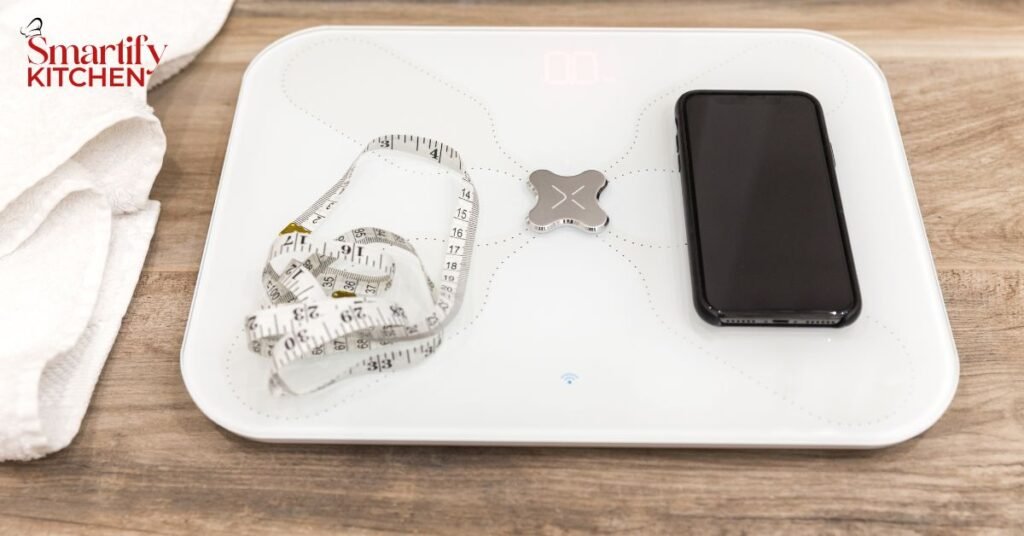
- Adjusting Recipes to Meet Specific Dietary Needs (e.g., Low-Carb, Gluten-Free): Modify recipes to align with your dietary restrictions or goals. For instance, you can substitute almond flour for wheat flour in gluten-free baking.
- Monitoring Portion Sizes and Calorie Intake: The app can help you keep track of portion sizes and overall calorie intake, making it easier to manage your diet.
6. Advanced Features and Tips for Smart Scale Baking
Now, let’s Explore Advanced Features and Tips for Smart Scale Baking.
Utilizing Tare Function for Multi-Ingredient Mixing
The tare function is especially useful when mixing multiple ingredients in one bowl:
- Weighing Multiple Ingredients in One Bowl with the Tare Function: After adding each ingredient, use the tare function to reset the scale to zero. This allows you to continue adding the next ingredient without removing the previous one, streamlining the process and minimizing cleanup.
- Minimizing Cleanup and Improving Workflow: This method reduces the number of dishes used, as you can measure all your ingredients in one bowl.
Precision Baking for Complex Recipes
Certain recipes require extra precision and control:
- Using Smart Scales for Delicate Recipes Like Macarons or Soufflés: Recipes that involve delicate balances, such as macarons or soufflés, benefit greatly from the precision of smart scales. Accurate measurements ensure the right texture and rise.
- Ensuring Consistency in Texture and Flavor: Consistent measurements lead to consistent results. This is particularly important for baked goods that rely on specific textures or flavors.
Real-Time Adjustments and Corrections
Smart scales provide the ability to make adjustments on the fly:
- Making Adjustments Based on Real-Time Weight Changes: If you accidentally add too much of an ingredient, you can remove the excess and re-weigh. The scale provides real-time updates, so you know exactly when you’ve reached the desired amount.
- Correcting Measurements and Avoiding Common Baking Errors: Avoid common baking mistakes, such as adding too much flour or not enough sugar, by carefully monitoring the weight of each ingredient.
7. Maintenance and Care of Smart Scales
Now, Let’s Explore the tips on the Maintenance and Care of Smart Scales.
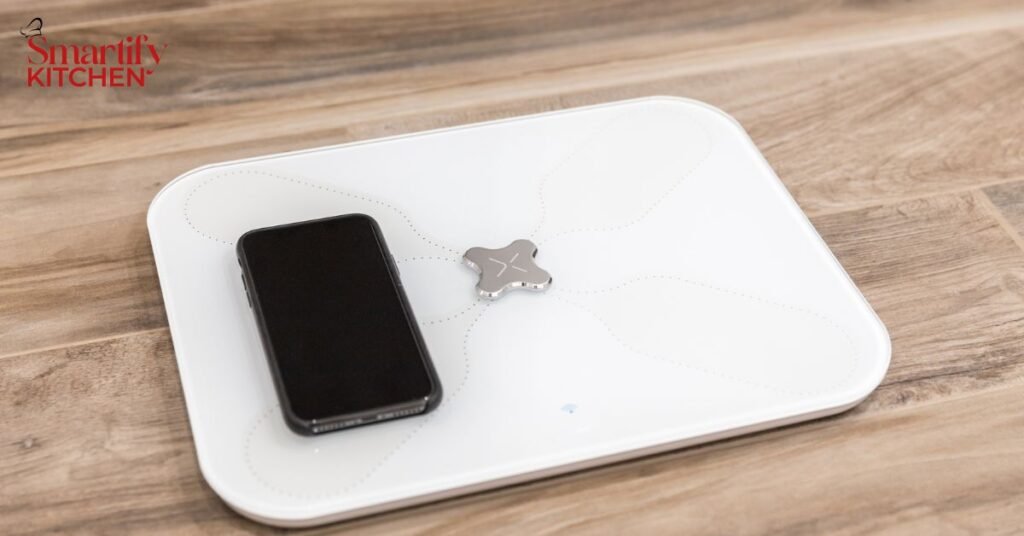
Cleaning and Storing Your Scale
Proper care ensures your smart scale remains accurate and functional:
- Proper Cleaning Techniques to Maintain Accuracy and Longevity: Clean the scale’s surface with a damp cloth and mild detergent. Avoid submerging the scale in water or using abrasive cleaners, as these can damage the sensors.
- Storing the Scale Safely to Prevent Damage: Store the scale in a dry place, away from heat sources and heavy objects that could damage it.
Updating the App and Firmware
Keeping your app and scale up to date is crucial for optimal performance:
- Keeping the App and Scale Firmware Up to Date: Regularly check for updates to the app and the scale’s firmware. These updates can provide new features, improved accuracy, and bug fixes.
- Exploring New Features and Improvements: Stay informed about new features and improvements that can enhance your baking experience. Updates often include new recipes, nutritional databases, and user interface enhancements.
9. Troubleshooting Common Issues
You Might Face some issues related to Troubleshooting, so let’s Explore some Common Issues also.
Dealing with Connectivity Problems
Occasionally, you may encounter connectivity issues between your scale and device:
- Tips for Troubleshooting Bluetooth Connection Issues: If your scale fails to connect, ensure Bluetooth is enabled on your device and that the scale is within range. Restart both the scale and your device, and check for any software updates that might resolve the issue.
- Ensuring a Stable Connection for Uninterrupted Use: Keep the scale and device close together and away from other electronic devices that could interfere with the Bluetooth signal.
Addressing Measurement Inaccuracies
If you notice inaccuracies in measurements, there are steps you can take:
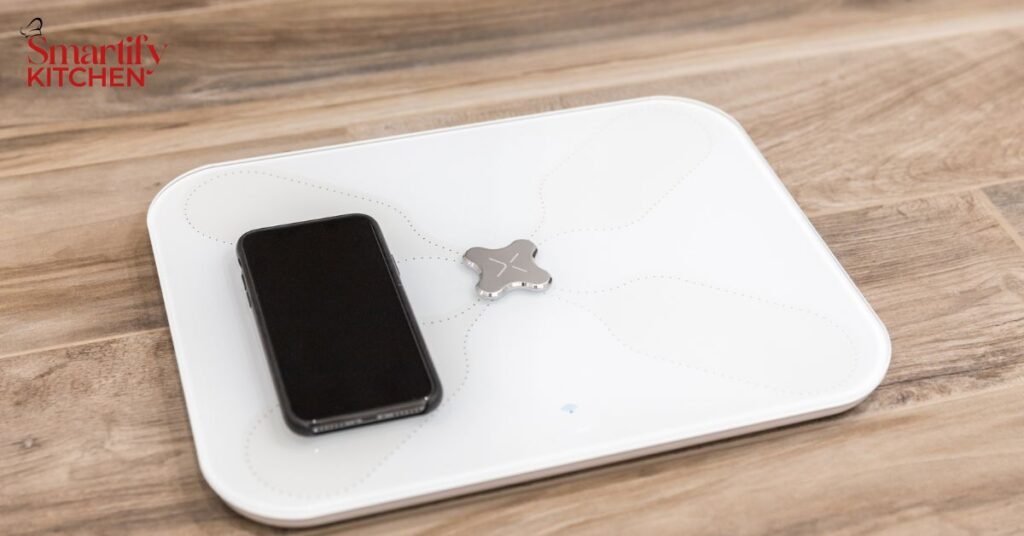
- Recalibrating the Scale if Measurements Are Off: Regular calibration can help maintain accuracy. Follow the manufacturer’s instructions for recalibrating your scale.
- Understanding the Impact of Environmental Factors (e.g., Humidity, Temperature): Factors like humidity and temperature can affect the performance of your scale. Store your scale in a stable environment and avoid using it in extreme conditions.
Conclusion – How to Use Smart Scales for Baking
Smart scales are a powerful tool for any baker, offering precision, convenience, and a range of features that can enhance your baking experience.
By accurately measuring ingredients, providing nutritional information, and integrating with recipes, they help ensure consistent and delicious results every time.
Whether you’re experimenting with new recipes or perfecting your favorites, a smart scale can elevate your baking to new heights. Embrace the potential of this technology to make baking easier, more enjoyable, and more precise.

